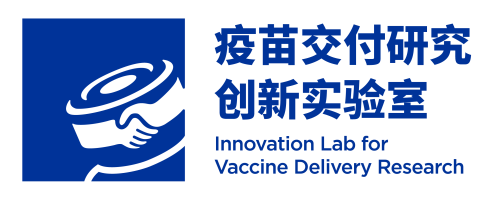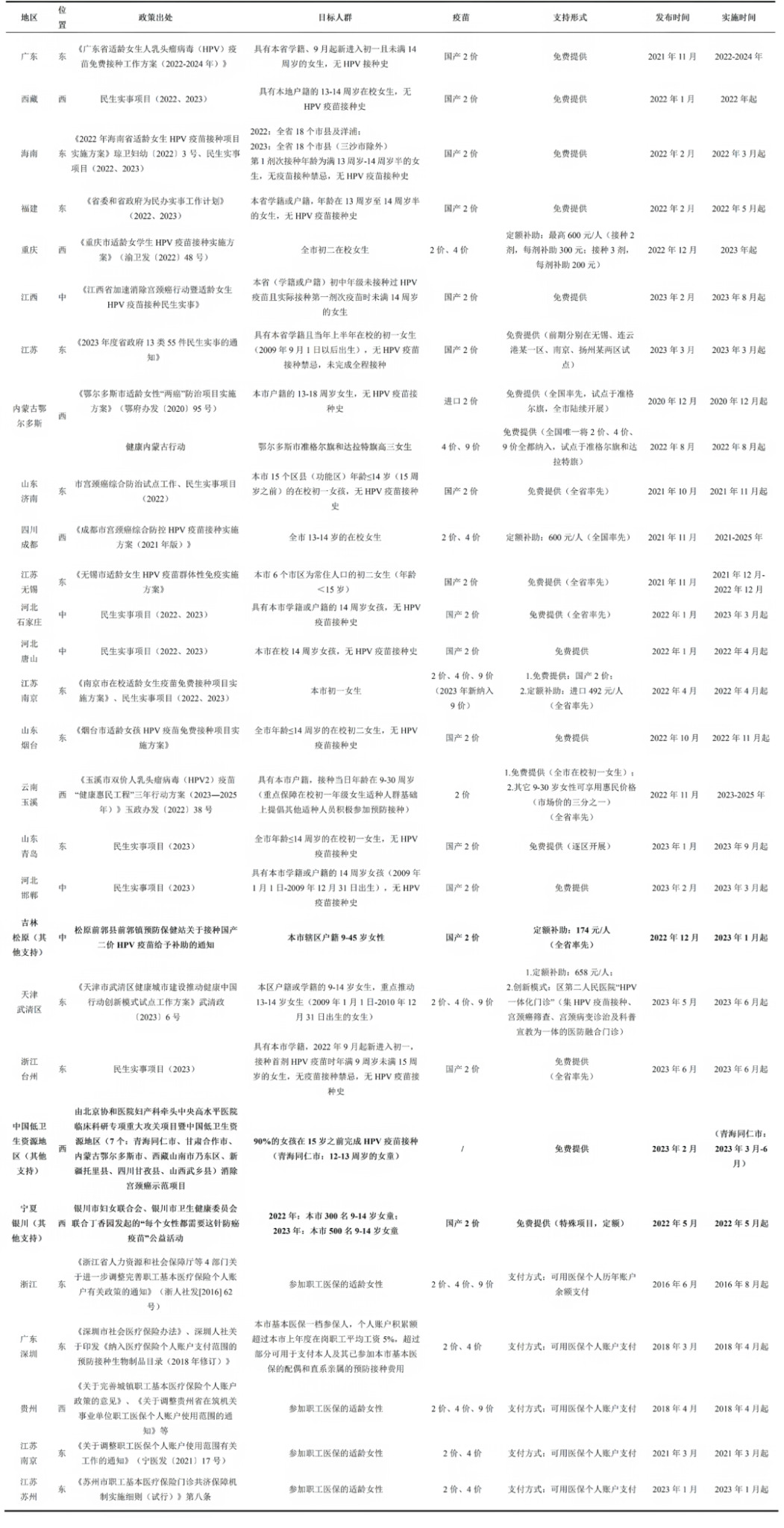Journal Content Recommendation
01
Inequities in human papillomavirus vaccination among children aged 9–14 years old under constrained vaccine supply in China
More than half of the intended parents expected the imported 9-valent HPV vaccine. There were significant disparities in HPV vaccine awareness, intention, and vaccination behavior across educational, income, geographic, ethnic, gender, and health literacy levels. Vaccine awareness and intentions were higher among parents with higher socioeconomic status; however, girls from lower socioeconomic families were more likely to receive the HPV vaccine and had a higher domestically produced vaccination rate. Significant disparities exist in vaccination intentions and actual vaccination behaviors, primarily due to large supply constraints of the HPV vaccine.
https://doi.org/10.1186/s12939-024-02199-z
02
Health policy, price regulation, and innovation: Evidence from China’s vaccine industry
This paper investigates the effect of policy-induced market incentives on pharmaceutical innovation in the context of developing countries, where substantial health challenges persist but research and development (R&D) efforts remain limited. We exploit the quasi-experimental setting of a major reform in China’s public vaccine system, which involved expanding vaccine coverage while imposing price controls on affected products. We estimate that China’s public vaccine program expansion in 2008–2009 led to an 83% decrease in new vaccine clinical trials for the policy-affected diseases. This decrease can be attributed to the government’s price regulation, which greatly reduced the market revenue of the affected vaccines.
https://doi.org/10.1016/j.jdeveco.2023.103229
03
Of Money and Men: A Scoping Review to Map Gender Barriers to Immunization Coverage in Low- and Middle-Income Countries
The barrier to immunization coverage most frequently cited in the literature is women’s lack of autonomous decision-making. Access to immunization is significantly impacted by women’s time poverty; direct costs are also a barrier, particularly when female caregivers rely on family members to cover costs. Challenges with clinic readiness compound female caregiver’s time constraints. Some of the most important gender barriers lie outside of the usual purview of immunization programming but other barriers can be addressed with adaptations to vaccination programming.
https://doi.org/10.3390/vaccines12060625
04
Evolution of global polio eradication strategies: targets, vaccines, and supplemental immunization activities (SIAs)
The study identified multiple phases of polio eradication that included shifts in targets and timelines and the introduction of different poliovirus vaccines, which influenced polio epidemiology. Notable shifts occurred in Global Polio Eradication Initiative (GPEI) investments in SIAs since 2001, particularly since 2016. Modeling results suggest that SIAs play(ed) a key role in increasing and maintaining high population immunity to levels required to eradicate poliovirus transmission globally.
https://doi.org/10.1080/14760584.2024.2361060
05
Routine Vaccination During Pregnancy Among People Living with HIV in the United States
In this cohort study of 310 pregnancies among 278 people living with HIV, less than one-third of pregnancies were vaccinated as recommended (Tdap, 32.6%; influenza, 31.6%; both, 22.6%). Given the importance of antenatal vaccination for maternal-child health, the data in this study suggest that pregnant people living with HIV have urgent need for clinical and public health interventions to improve vaccine receipt.
https://doi.org/10.1001/jamanetworkopen.2024.9531
Content Editor: Tianyi Deng
Page Editor: Ziqi Liu





